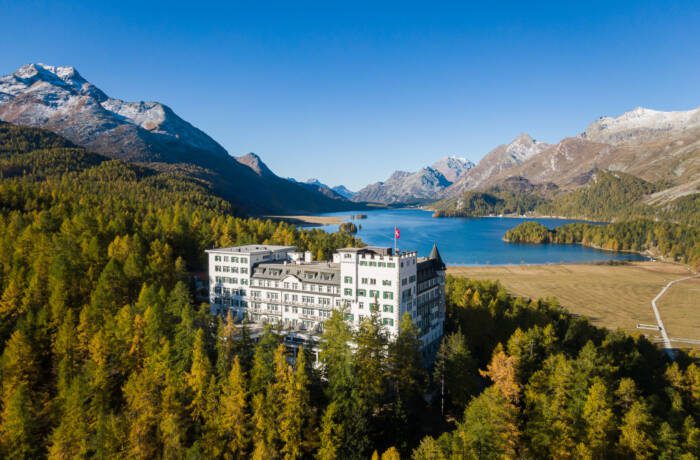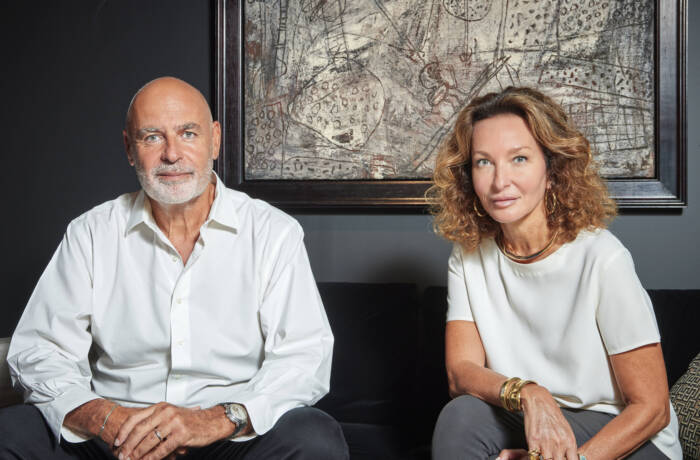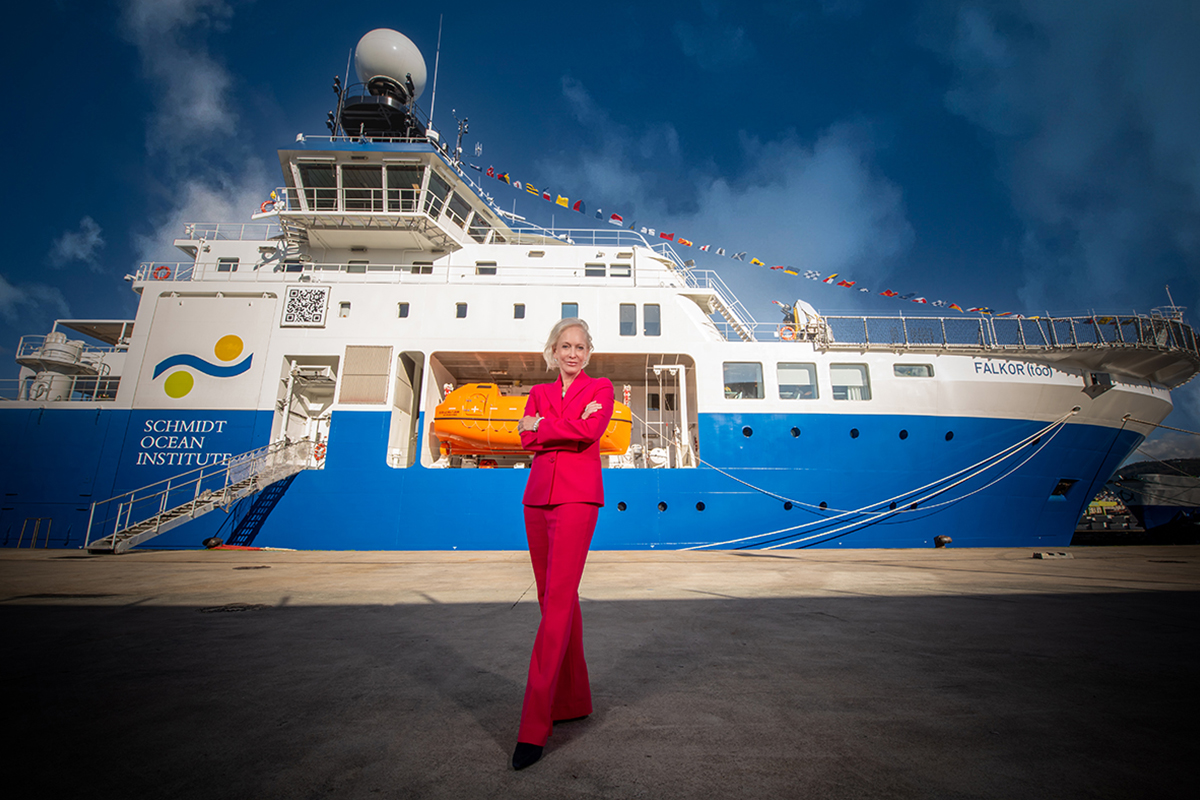
Wendy Schmidt and the R/V Falkor (too)
Philanthropist and investor Wendy Schmidt founded the Schmidt Ocean Institute in 2009 with her husband, Eric, former CEO of Google. Here, Wendy tells Trudy Ross about their new research vessel, R/V Falkor (too) and the importance of expanding scientific knowledge of the oceans’ unplumbed depths
LUX: Can you share the inspiration behind founding the Schmidt Ocean Institute and your vision for advancing oceanographic research and exploration?
Wendy Schmidt: My husband, Eric, and I began Schmidt Ocean Institute in 2009 after I learned to sail and to scuba dive and he went out and found an existing hull in a retired German fisheries vessel. Combining Eric’s interest in advancing engineering and technology and my growing passion for Ocean science and communications, we repurposed the old steel hull into the construction of a state-of-the-art oceanographic research vessel, launching R/V Falkor in 2012.
We had two ideas: first, as philanthropists, to provide ship time, which is in short supply, for marine researchers at no cost. Second, in exchange, we ask scientists and researchers to make their collected data publicly available for the broader research community as soon as possible, so we might collectively accelerate the pace of oceanographic research at a critical time in the life of the Ocean and our planet.
Follow LUX on Instagram: luxthemagazine
LUX: The Institute has recently launched a new research vessel, Falkor (too) to embark on research expeditions and expand the capacity for ocean research. What is special about the ship and how has it been specifically tailored to advance marine science?
WS: Like our first research vessel, R/V Falkor (too) is built on a repurposed hull. The original ship was a service vessel built in 2011 to travel back and forth from Ocean platforms, including wind turbines. It came with an excellent seakeeping ability, which is a wonderful feature when you have robots diving beneath the ship.
We were able to successfully convert the ship for marine research at a shipyard in Vigo, Spain, during a remarkable 18-month period in the midst of the Covid 19 pandemic, during which we faced workers absent due to illness, local work strikes, broken supply chains that delayed needed materials and technical parts.
Nevertheless, R/V Falkor (too) sailed from Vigo in March, 2023, on her first shakedown cruise across the Atlantic Ocean to Puerto Rico in the Caribbean Sea. Falkor (too) is 50 percent larger than Falkor. Its technology expands the capability of Falkor with space for more scientists, offering eight laboratories, two moonpools in the centre of the vessel, a 150-foot-tall crane that can rearrange 20 shipping-size containers to create custom labs on a 10,000-square-foot deck. Modular space on the ship is designed to accommodate concurrent science projects as well as artists, who come along on most expeditions, to translate discoveries and scientific processes into art.
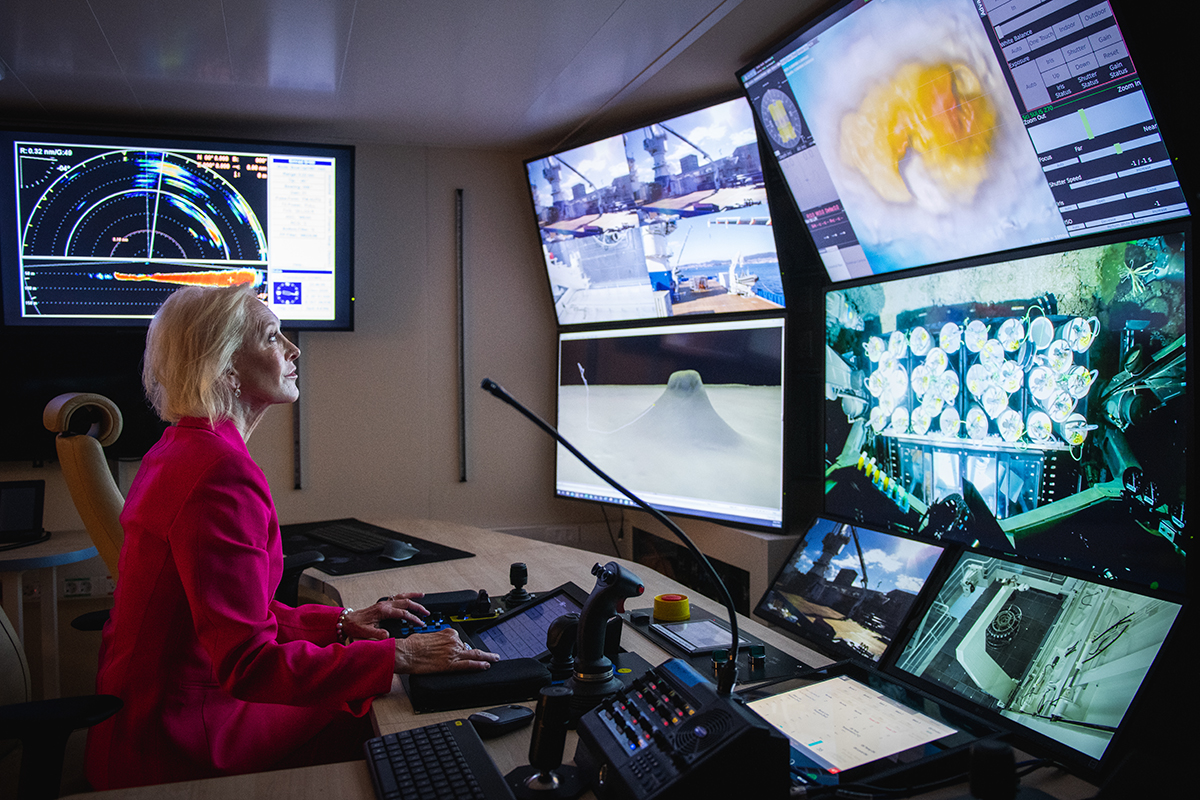
Wendy Schmidt inside the Falkor (too) control room
LUX: Can you speak more about the inaugural expedition of Falkor (too) in the Mid Atlantic Ridge and your findings there?
WS: A multidisciplinary team from 11 scientific institutions joined Falkor (too) for a 40-day inaugural expedition to the Mid-Atlantic Ridge. Scientists were searching for new hydrothermal vent fields–and found three of them–the first discovery of active hydrothermal vents on this section of the ridge since 1980. The vents occur when magma from the Earth’s core comes into contact with sea water, creating a chemical reaction that can look spectacular. “Black smokers” are what they look like, and they can spew upwards hundreds of feet. Vent fields were measured at up to 350 degrees Celsius.
These systems are important to locate and to understand because they are rich with minerals–sulfide deposits–that are one of the targets of deep sea mining. Scientists working aboard Falkor (too) discovered the new hydrothermal sites supported active ecosystems, teeming with rich varieties of marine life. Now that the expedition is concluded, scientists will study the samples they have of rocks, hydrothermal fluids, microbes and animals found on these vents.
LUX: Which were the most significant scientific discoveries or breakthroughs made aboard the The Schmidt Ocean Institute’s previous vessel, R/V Falkor?
WS: During the decade the ship was in service, scientists working aboard discovered more than 50 new marine species and underwater formations and mapped more than half a million miles of the sea floor in high resolution.
Notable discoveries include the world’s longest known sea creature, a 150-foot-long siphonophore, and a coral reef standing taller than New York’s Empire State Building alongside The Great Barrier Reef in Australia. Our underwater cameras also caught rare footage of the ram’s horn squid, the glass octopus, and a 1 cm pygmy seahorse.
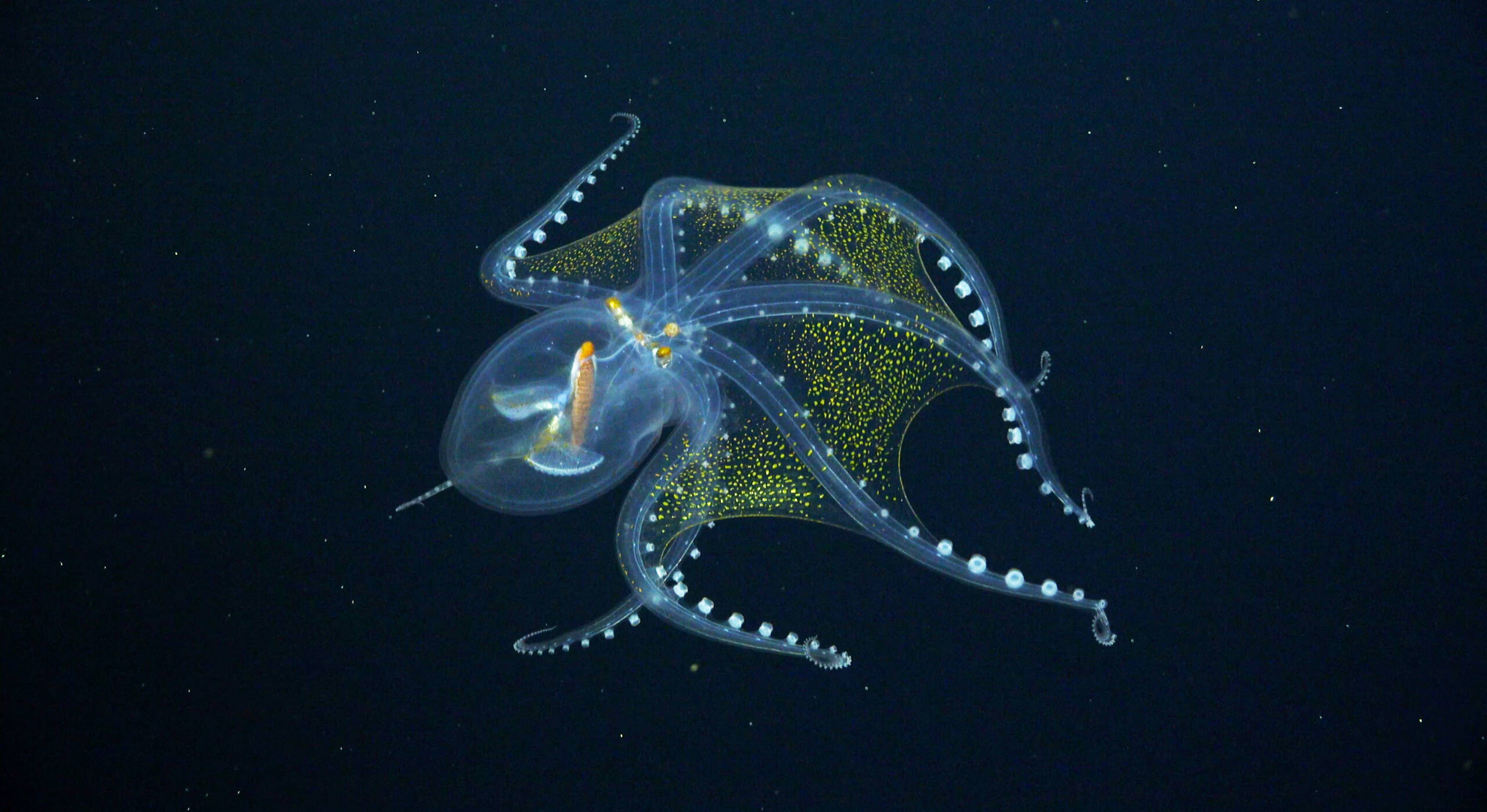
Rare sighting of a glass octopus, a nearly transparent species whose only visible features are its optic nerve, eyeballs and digestive tract, as seen from the R/V Falkor
LUX: How important is the role of new technology as a facet of ocean research?
WS: New technology is essential for advancing our understanding of the ocean. Imagine exploration in Space that didn’t take advantage of ever newer systems to enhance the missions we are able to accomplish. We know so little about the ocean and most of it is still unexplored.
Schmidt Ocean supports the development and use of transformative technologies that can scale our efforts at a time when government funding for early research and development in applied sciences won’t make it happen. We support new technologies for data collection and analysis, and others, like autonomous robotics, augmented and virtual reality, machine learning, and artificial intelligence that have the promise to rapidly advance our understanding of ocean systems everywhere we go. Our Executive Director, Jyotika Virmani, chairs the UN Ocean Decade Technology Group.
LUX: You have said before that: “We can’t take care of something that we don’t understand”. Can you speak on existing accessibility barriers relating to the world of ocean research?
WS: The ocean has mostly been inaccessible to most humans throughout our history. It’s dark, cold, the pressures will crush you. We can’t breathe in the ocean without special equipment. Sea water is corrosive, and the ocean is filled with creatures that can sting you, bite you–even completely consume you. How do we reconcile that reality with the other side of the truth: the ocean is the source of all life, provides half the oxygen we breathe, controls the temperate climate that allowed civilization to advance in the places humans settled over the past 20,000 years? All that, and we have barely scratched the surface of other ocean benefits for humanity–the products it produces to enhance our well being, supplying us with protein, and even curing disease. And yet, through my entire lifetime, the ocean has been under attack—from chemical runoff and pollution, discarded fishing gear, overfishing practices, ocean noise from the 55,000 container ships that cross our seas every day, and the constant pumping of excess C02 into our atmosphere from the burning of fossil fuels.
The people we want to engage in our outreach probably don’t live anywhere near the Ocean. They may see it from aeroplanes or ferry boats, and think it doesn’t matter to them. I didn’t know it mattered to me until I started to really look at it. Now I can’t stop looking.
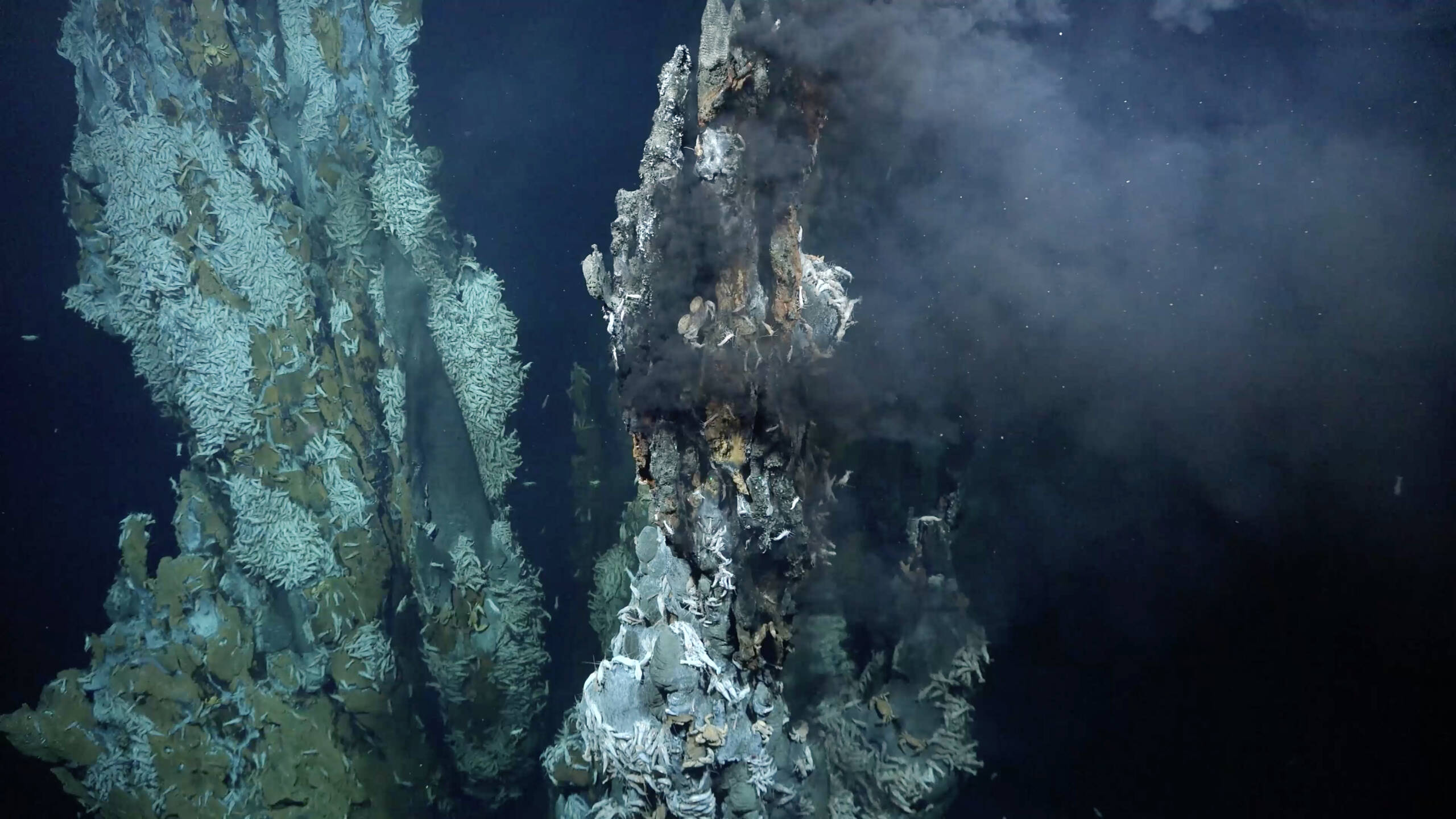
Newly Discovered Hydrothermal Vent Field on Puy des Folles Seamount in the Mid-Atlantic Ridge
LUX: In addition to oceanography, your philanthropic endeavours also cover other areas, from AI to renewable energy. Can you tell us how you go about identifying areas to focus your support across a diverse range of fields?
WS: We are living in a revolutionary time in human history, and, unlike people alive during earlier times of revolution, we actually know it. We experience it every day and for many people, the world has become a confusing place that changes too quickly for us to understand.
We have a corresponding opportunity in such a world to use the emerging tools of technology to rethink the human relationship to the finite resources of the Earth: our soils, atmosphere, fresh water and energy sources, and, of course, the largest living space on the planet, where 50-80 percent of all life resides–the ocean. Our planetary systems are deeply interconnected —in ways we are only beginning to understand because our technologies allow us, for the first time, to observe and to measure what was either hard to encounter or simply invisible to us.
With today’s growing suite of technologies that help us to see, analyse, understand and encounter what is here, and to incorporate Indigenous wisdom that supported human life on Earth for millennia, we have the chance to pursue human activity as a part of the living systems of the world. We work to help build a world with energy and food systems that are regenerative by design, accessible for everyone, and that respect human rights and dignity, even as we bring AI and machine learning into our work in ways that can amplify human potential everywhere.
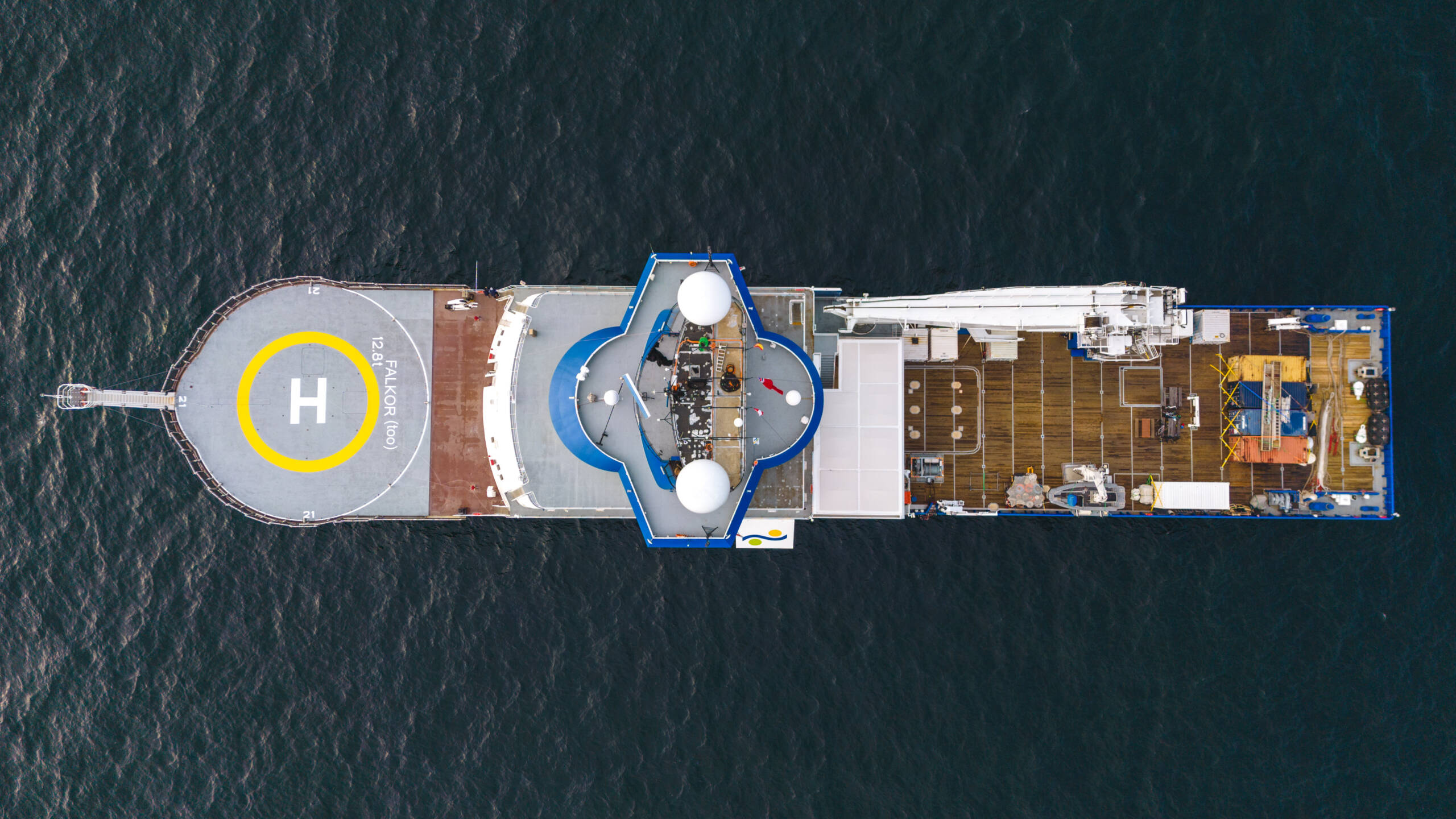
An aerial image of R/V Falkor (too)
LUX: In your view, how crucial is the role of philanthropy in furthering the cause of ocean conservation and wider issues of sustainability?
WS: Philanthropy holds a unique position when it comes to problem solving. Think of philanthropic funding as a kind of philanthropic capital invested in activities of transformation. I think of our funding as energy, or velocity, brought to the work. Our risk profile for return on investment is far higher than what could be borne by industry or governments. We are patient and recognize the transformation of existing systems is a marathon, not a sprint. But over a decade, over two, you can see the shift happening in the way people think about what is possible.
Our work through Schmidt Marine Technology Partners for example, has been groundbreaking in getting useful technology that might otherwise remain a pet project into development and into the hands of marine researchers and ultimately into a global market that includes governments, research institutions, coastal and fisheries planners and managers, and many others.
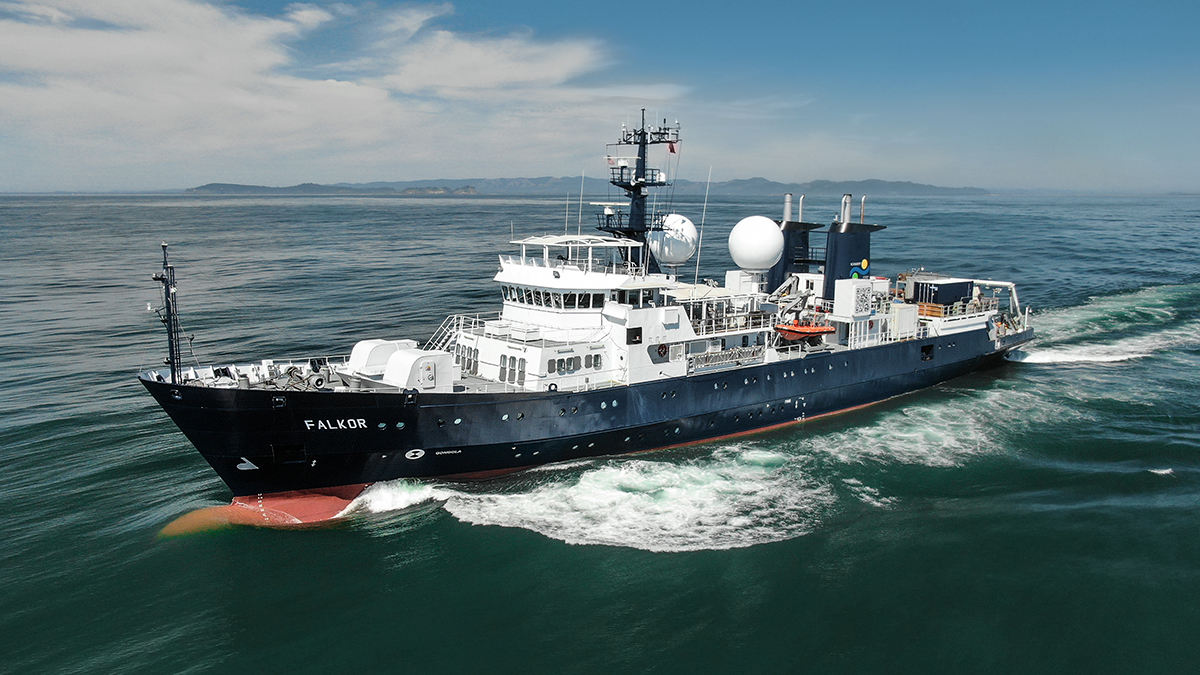
Reseach Vessel Falkor photographed off the NW coast of the United states. Photo by Shelton Du Preez/SOI.
LUX: What are your future aspirations for the Schmidt Ocean Institute and its impact on advancing scientific knowledge, ocean exploration, and conservation efforts?
WS: My husband, Eric, and I look at Schmidt Ocean Institute as one of our legacy institutions–one that will live well beyond our own lifetimes. Its mission is so extensive and so critical to future life on Earth, and we know we are only at the beginning of the journey that brings humanity back to the ocean as its stewards and guardians.
I’ve been saying how little we know about the Ocean. Let me give you a few examples. There are up to 10 million marine species, bacteria and viruses in the ocean, but only 10 percent of them have been classified. That’s like saying, we don’t really know what life on Earth looks like. What we see on land is only a small part of it.
Read more: Jackie Savitz on why governments much protect the oceans
Only about 25 percent of the estimated 140 million square miles of the ocean floor has been mapped in high resolution so far. We know more about the back side of the moon than we do about our own planetary surface. Most people would be surprised to learn about underwater rivers, mountain ranges, kelp forests or how one researcher described her submarine journey into the darkness of the deep, saying everything was lighting up around her: “It’s the 4th of July down here.”
In the past, explorers had ships from which to encounter the ocean and mechanical instruments with which to sample and measure its activity. We have rovers and deep sea robots that never tire, high resolution cameras, high performance computers and AI that can see things invisible to the human eye, and make sense of information that we can’t without impossibly long periods of analysis.
If we can’t learn the Ocean with all these tools, it would be a failure of humanity to understand what our life on Earth really is, and would likely spell our doom, because with “life as usual,” we are destroying our life support system. We have a responsibility to use this extraordinary opportunity to explore the frontiers of our planet in a way that is ethical and inclusive, that will serve all peoples of the world and preserve the integrity of the living systems that support us all.
All images courtesy of the Schmidt Ocean Institute
Find out more: schmidtocean.org

